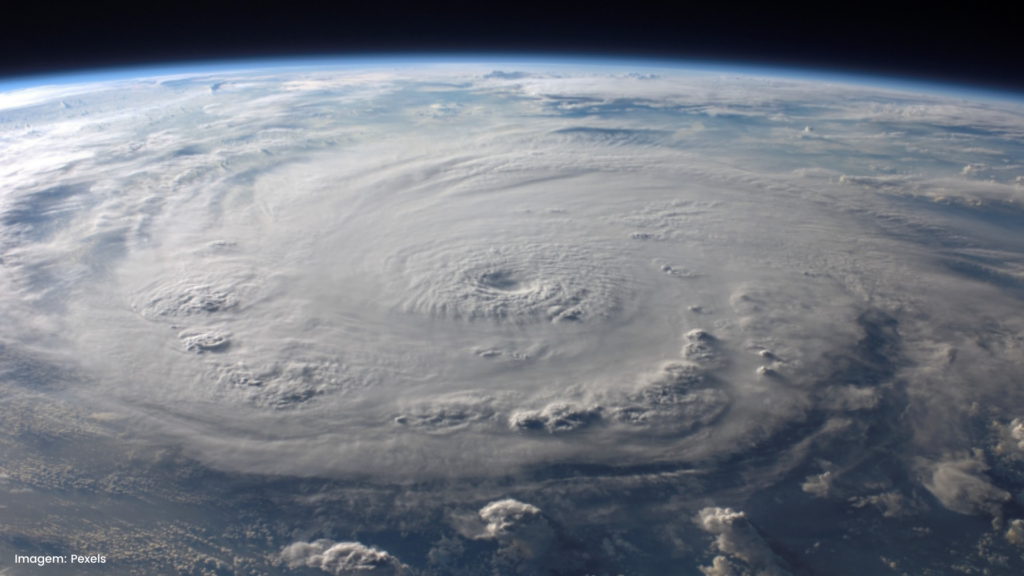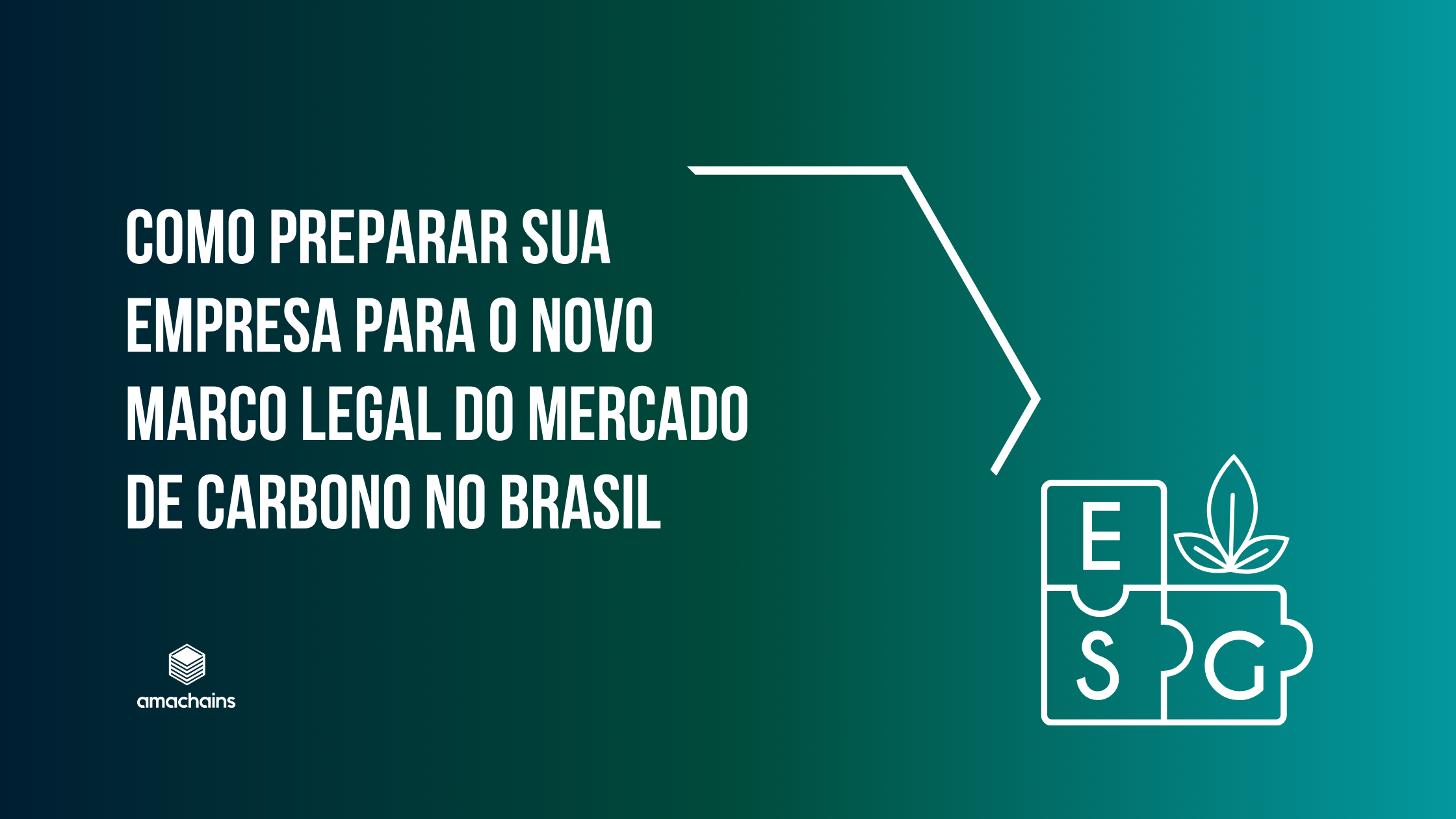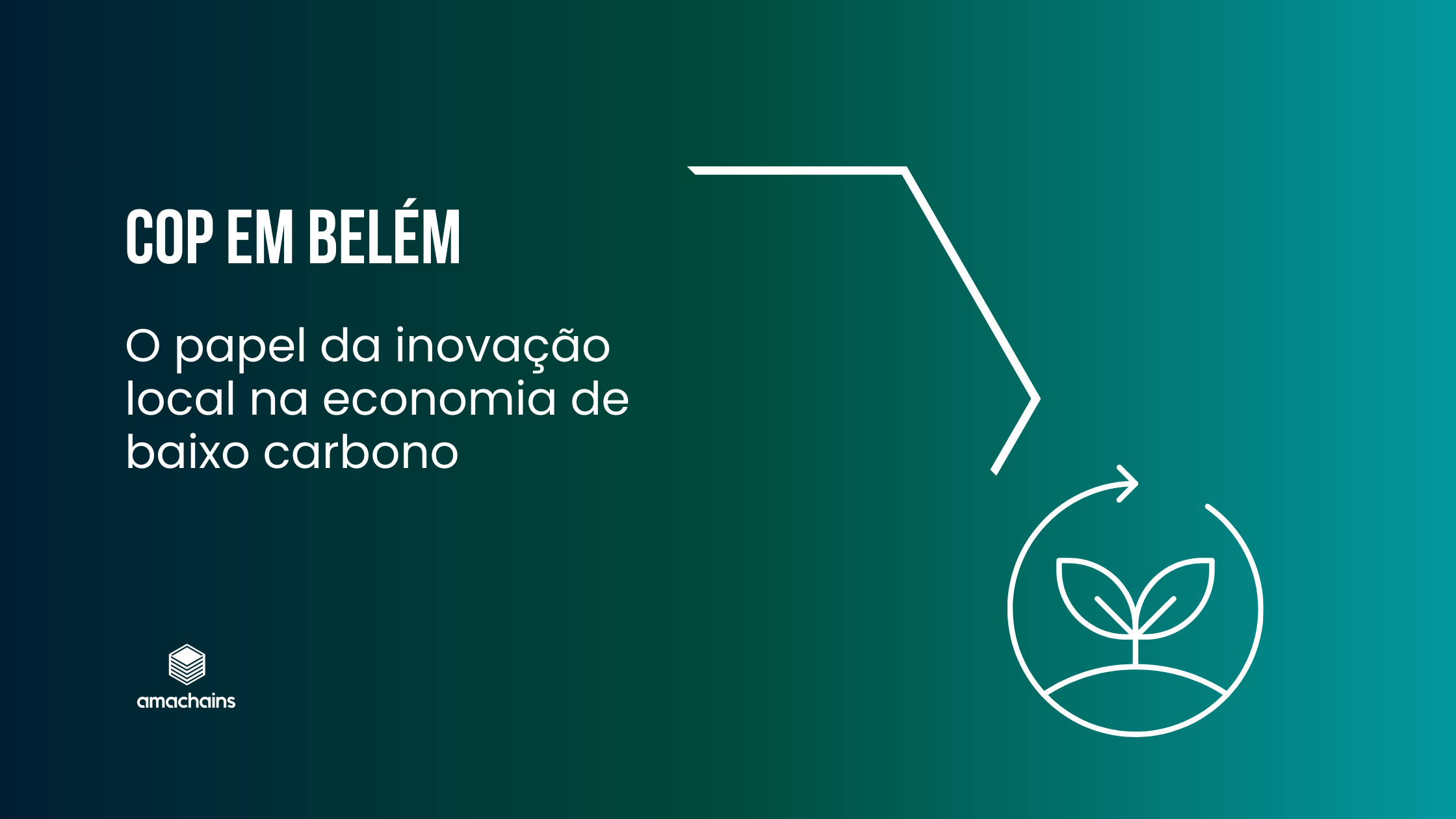The main greenhouse gases (GHG) are carbon dioxide (CO2), methane gas (CH4), nitrous oxide (N2O), fluorinated gases and water vapor (H2O).
Carbon dioxide (CO2) is colorless and odorless. CO2 is also the best known and one of the most abundant. It can persist in the Earth's atmosphere for up to a thousand years and is responsible for approximately 60% of greenhouse gas (GHG) emissions. The largest sources of CO2 generation are the burning of fossil fuels (gasoline, diesel, coal, natural gas), fires and deforestation, since forests are CO2 sinks.
Methane (CH4) is the second largest greenhouse gas (GHG) emission, accounting for approximately 20% of emissions, and can persist in the Earth's atmosphere for up to 10 years. The main sources of methane are oil and gas extraction, coal mining and landfills, human activities responsible for 55% of methane emissions. Food fermentation in ruminant animals (cattle, buffalo, sheep, goats) is responsible for 35% of methane emissions. The remaining 10% of methane emissions come mainly from the decomposition of manure and rice cultivation. Methane's ability to increase the Earth's temperature is 80 times greater than that of CO2.
Nitrous oxide (N2O) is responsible for approximately 6% of greenhouse gas (GHG) emissions and can persist in the atmosphere for approximately 120 years. The main source of N2O emissions is human activity, agriculture, through the use of nitrogen fertilizers, soil cultivation and waste treatment. Sources of N2O emissions also include bacteria that naturally live in soils and oceans and convert nitrogen into N2O. Nitrous oxide is 280 times more powerful in increasing the Earth's temperature than CO2.
Fluorinated gases are not found naturally in the atmosphere; they are gases produced to meet the demands of human activities, mainly industrial ones. One of the best known is CFC (chlorofluorocarbon), used in refrigeration devices and aerosols, and is considered banned due to its ozone-depleting action. Fluorinated gases are hydrofluorocarbons (HFC), used in refrigeration systems to replace CFCs, sulfur hexafluoride (SF6), used in the electronics industry, and perfluorocarbons (PFC), which come from aluminum production. They are responsible for only 2% of emissions, but they have the power to increase the Earth's temperature by 460 to 16,300 times more than CO2 over a 20-year period.
Water vapor (H2O) is one of the main causes of the greenhouse effect and is considered the most abundant greenhouse gas. Despite being produced naturally, it is extremely important for the greenhouse effect because its participation is directly linked to the increase in temperature. The higher the temperature, the greater the evaporation of water.
Access below:








